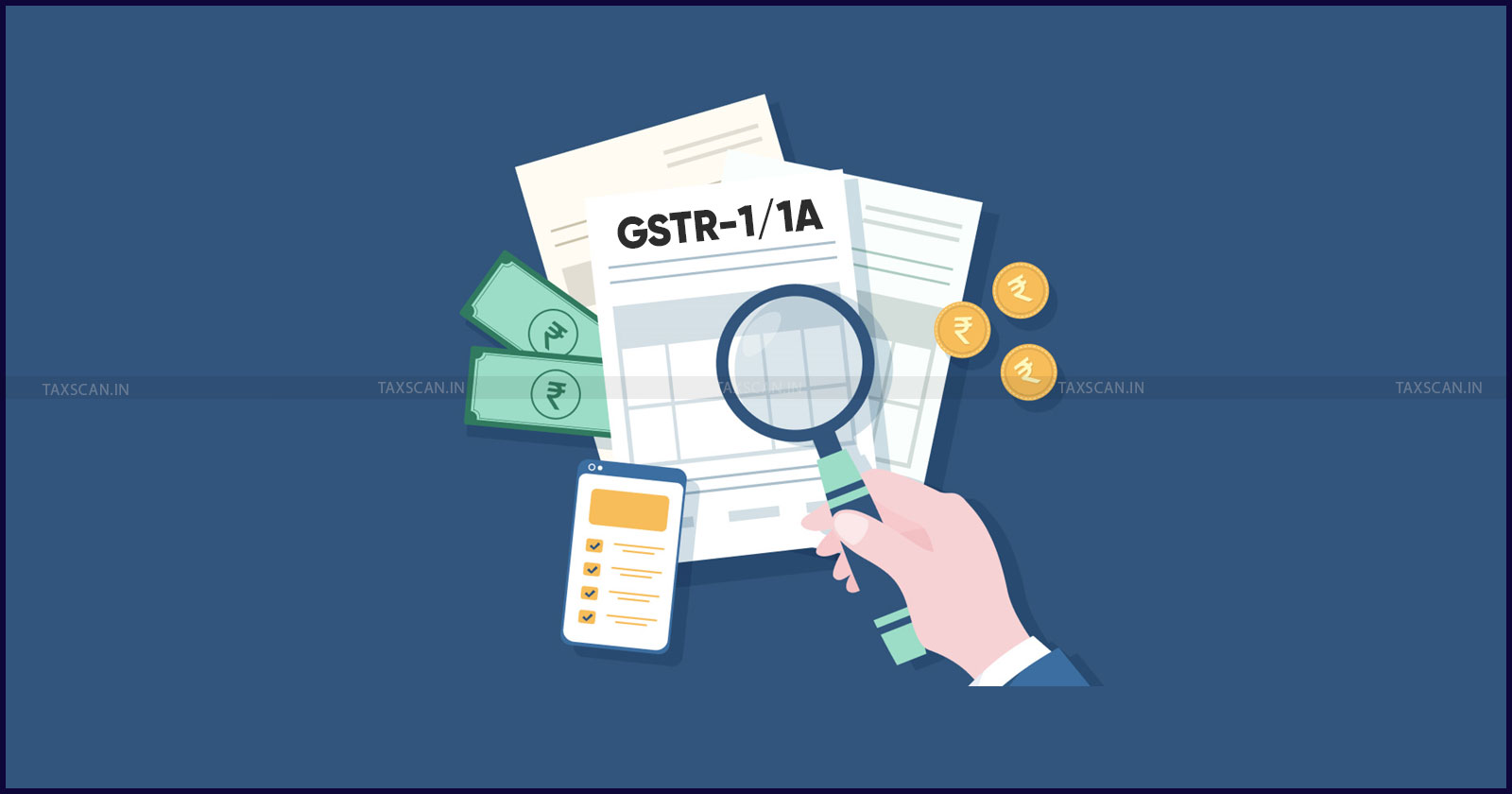Capital Gains Tax: Recent Judicial Trends and Their Implications
This article discusses recent judicial trends shaping the interpretation of Capital Gains Tax, highlighting key rulings on property reinvestment, asset classification, redevelopment, and cross-border taxation

INTRODUCTION
Capital Gains Tax (CGT) is defined under Section 45 of the Income Tax Act of 1961. The profit or gain from the sale or transfer of a capital asset is subject to capital gains tax. Real estate, stocks, bonds, mutual funds, and other types of investments or properties can all be considered capital assets. The difference between the sale price and the purchase price of such an item is taxable income and is subject to capital gains tax.
Capital gains are generally classified into two types:
- Short-Term Capital Gains (STCG): These arise when an asset is sold within a short holding period.
- Long-Term Capital Gains (LTCG): These occur when an asset is held for a longer period before being sold.
The new Income Tax Bill 2025, introduced by the finance minister, does not make any major structural changes to the Capital Gains Tax, and it only aims to simplify the language and clarify certain provisions. Meanwhile, the judiciary has made important decisions that help in clarifying and resolving ambiguities in capital gains taxation.
Some of the decisions have tackled contentious issues such as distinguishing between investment and business income, the taxability of indirect transfers, and the applicability of double taxation avoidance agreements (DTAAs) etc. These judicial decisions not only provide clarity but also shape the strategic tax planning of corporations and investors, ensuring the law keeps pace with changing market realities and complex financial arrangements.
Recent Interpretations of Sections 54/54F by Courts and Tribunals
Section54F of the Income Tax Act, 1961 provides capital gains tax exemption on the sale of a long-term capital asset, excluding residential property, if the proceeds are reinvested in purchasing or constructing a new residential house within a specified timeframe. This section benefits taxpayers looking to transition investments while minimising tax liability, subject to conditions like owning no more than one residential house before the transfer and using the entire net consideration for reinvestment.
Recent court rulings have helped clarify how capital gains exemptions under Sections 54 and 54F should be applied, especially in cases involving joint ownership or multiple residential units. These decisions have provided useful guidance for taxpayers who reinvest their capital gains into property, ensuring that genuine claims are not denied due to technical reasons. Such clarity is important as more individuals and families engage in property transactions involving significant capital gains.
- Full Section 54 Exemption Allowed for Joint Purchase
One notable judicial development regarding section 54 came from the Mumbai bench of the Income Tax Appellate Tribunal (ITAT), in Tejal Kaushal Shah v. ITO(2025) In this case, a husband and wife had each sold separate residential properties and jointly reinvested the proceeds in a single residential unit. The tax authorities initially contested the full capital gains exemption, arguing that joint ownership of the new property restricted each individual to only partial exemption.
However, the ITAT ruled in favour of the assessee, stating that joint ownership does not bar full exemption under Section 54, provided conditions like timeline, property type, and funding source are met. The tribunal clarified that the exemption cannot be denied merely because the property is jointly held, and in such cases, capital gains should be computed based on each co-owner’s contribution. It directed the Assessing Officer (AO) to verify that no double deduction was claimed before allowing the exemption.
 Also Read:Operation White Veil: DRI, Customs, Assam Rifles and Manipur Police Seize ₹55 Crore worth Heroin, Opium and Walkie Talkies
Also Read:Operation White Veil: DRI, Customs, Assam Rifles and Manipur Police Seize ₹55 Crore worth Heroin, Opium and Walkie Talkies
This ruling provides relief and flexibility for taxpayers, especially families, focusing on property reinvestment decisions.
- Multiple Floors in Same Building Count as Single Residential Unit for Section 54F Exemption
Another notable precedent made in the matter of properties is related to the Delhi HC decision in Lalita Goel v. CIT (2025) case.
Lata Goel, the assessee, sold shares of FIITJEE Ltd. and reinvested the capital gains into a residential property. She claimed an exemption under Section 54F of the Income Tax Act, amounting to ₹90 crore. The Assessing Officer (AO) restricted her exemption to ₹30 crore, arguing that she owned multiple floors within the same building, which constituted separate residential units.
In this case, the Delhi High Court ruled that different floors within a single residential building should be treated as one property for Section 54F capital gains exemptions.
- Allotment Date Recognized as Key Factor in Capital Gains Tax Classification
One of the recurring issues in capital gains litigation is determining the correct holding period of property assets, which directly affects whether gains are taxed as short-term or long-term. Courts have recently addressed this confusion, especially in cases where there's a gap between property allotment and registration. In the case of Anil Murarilal Agarwal v. ITO (2024), the tribunal provided important clarity on this matter.
The assessee sold two flats in FY 2009-10 and claimed a Section 54 Long-Term Capital Gains (LTCG) exemption. The Income Tax Department later classified the gains as short-term, arguing that registration occurred in FY 2015-16, thus making the exemption inapplicable.
Upon appeal, the tribunal ruled in favour of the assessee, clarifying that the holding period should be calculated from the allotment date, not the registration date. This decision ensures that property sellers can claim LTCG benefits based on possession timing, rather than formal registration.
- Redevelopment Flat Not Taxable Under Capital Gains
The Mumbai Income Tax Appellate Tribunal (ITAT) in Anil Dattaram Pitale v Income Tax Officer (2025), ruled that receiving a new flat in exchange for an old one during a redevelopment project is not taxable under Section 56 of the Income Tax Act. The case involved homeowner Anil Dattaram Pitale, who surrendered his old flat and was allotted a new one. Tax authorities initially categorised the difference in stamp duty value as income from other sources, making it taxable.
However, ITAT overturned the assessment, stating that the exchange was merely an extinguishment of rights and should not be considered a gift. The tribunal clarified that at most, the transaction could fall under capital gains, in which case the assessee would be eligible for exemption under Section 54. This ruling provides relief for homeowners in redevelopment projects by preventing undue taxation on property exchanges.
Agricultural Land and Capital Gains
For many landowners, selling property often comes with the expectation of tax exemptions, especially when the land is classified as agricultural. However, recent rulings suggest that claiming such exemptions is no longer a simple matter of paperwork. Courts now demand substantial evidence to prove eligibility.
A notable case before the Kerala High Court in MJ George v DCIT (2025), who sold 5.21 acres of land in Kakkanad, Kochi, during AY 2006-07, claiming that it qualified as agricultural land, thus exempting the sale from capital gains tax. Initially, the First Appellate Authority accepted this argument, relying on a village officer’s certificate. However, the ITAT overturned this decision, ruling that exemption claims require official revenue records such as Jamabandi, Khasra, and Khatauni.
The High Court upheld ITAT’s stance, ruling that mere classification in records is insufficient. Landowners must provide documentary proof like land revenue receipts, irrigation records, and past agricultural income statements to substantiate their claims.
This decision creates a clear precedent that requires taxpayers to maintain complete records in order to qualify for exemptions, supporting stricter compliance standards for capital gains taxation.
Judicial Clarifications on Digital Assets
The Jodhpur ITAT ruling in Raunaq Prakash Jain vs. CIT (2024) clarified that profits from cryptocurrency sales before April 1, 2022, qualify as capital gains, allowing taxpayers to claim Section 54F exemptions.
The assesee had sold Bitcoins and reinvested the proceeds in a residential property, but tax authorities categorised the full amount as income from other sources. ITAT overturned this decision, confirming that Bitcoin qualifies as a capital asset, and pre-2022 gains should be taxed accordingly.
Judicial Interpretation of NRI Capital Gains Exemptions
A key judicial trend in recent years has been the courts' proactive role in clarifying how capital gains tax applies in cross-border scenarios, especially for Non-Resident Indians (NRIs).
For NRIs investing in Indian mutual funds, the Mumbai bench of the Income Tax Appellate Tribunal (ITAT) provided much-needed clarification. The tribunal in the case Anushka SanjayShah v. ITO (2025) ruled that Non-Resident Indians (NRIs) do not have to pay capital gains tax in India on mutual fund redemptions if their country of residence has a valid Double Taxation Avoidance Agreement (DTAA) with India.
This dispute arose when an NRI residing in Singapore earned ₹1.35 crore in capital gains through the sale of mutual fund units in India. While filing her income tax return, she claimed an exemption based on Article 13(5) of the India-Singapore DTAA, which clearly states that the right to tax such gains lies solely with the investor’s country of residence. Since Singapore does not impose capital gains tax, she argued that the income should remain untaxed in India as well.
However, the Indian tax authorities disagreed, asserting that because the mutual funds were linked to assets situated in India, the capital gains were taxable under Indian law. The matter was moved to the ITAT, which ruled in favour of the assessee. The tribunal held that mutual fund units are issued by trusts and cannot be equated with equity shares for tax purposes. Therefore, such gains fall outside the purview of Indian taxation when protected by DTAA’s.
NRIs, those residing in nations like Singapore that either do not impose capital gains tax or have advantageous DTAAs with India, can take heart from this decision. It enables qualified investors to more effectively arrange their portfolios for taxes and lawfully avoid double taxation.
CONCLUSION
For investors and individual taxpayers negotiating the intricacies of capital gains tax in India, the recent court rulings have provided clarity and certainty. Practical questions such as whether the date of allotment or registration matters for tax calculation, or how joint property ownership or numerous floors in a building effect exemptions, have been addressed by courts. Particularly for families reinvesting in real estate or those working on redevelopment projects, these decisions have improved the process's justice and consistency.
Support our journalism by subscribing to Taxscan premium. Follow us on Telegram for quick updates






